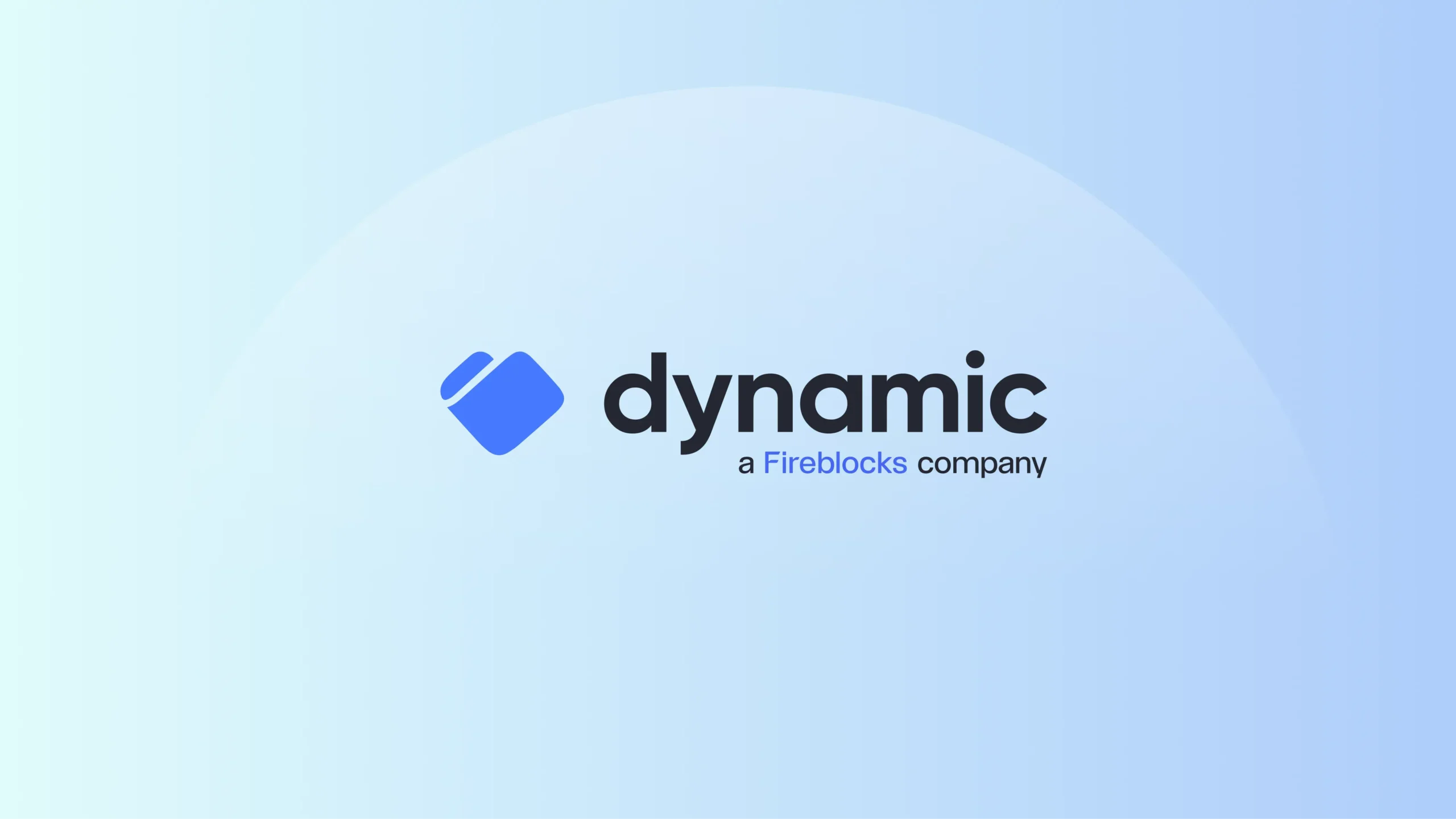As crypto markets continue to grow, there’s never been more competition for exchanges to grow their retail and institutional user bases. To create a competitive advantage against industry stalwarts (like Coinbase, Binance, or Gemini), exchanges must overcome key challenges that impact their ability to scale, offer differentiated products & services, and remain as secure as possible. Read on for a checklist for what your exchange can do to free up developer resources while innovating, improve user experiences, launch new products, and ensure you have a strong reputation for security.
In-house solutions can’t keep up with accelerated scaling
Many exchanges may build an in-house wallet infrastructure when they begin operations. While this can serve their business needs for the initial phase of adoption, exchanges often experience a handful of challenges at various stages of scale, especially with the hyper-cyclical nature of crypto markets, which can create unanticipated bursts of onboarding and trading volume.
The first challenge can often be deposit and withdrawal management – as exchanges need to quickly create deposit addresses for each customer. Most in-house systems struggle to keep up with this high volume of address creation and require manual management, resulting in a drain on development resources and impacting customer experience.
The second challenge is keeping up with token and blockchain offerings. With thousands of available tokens, exchanges are often required to support a wide breadth of blockchains to create a differentiated and competitive offering. Each new blockchain requires significant development resources to integrate, creating an ongoing strain on internal teams to maintain and provide a reliable customer experience.
One challenge that we faced before we integrated with Fireblocks is that we were building our own, in-house solution for wallet management, which was expensive. We needed to create a new node for each network that we wanted to integrate, so the cost of maintenance
was super high; we couldn’t offer the best user experience to scale our business.
Security incidents cause reputational risk and opportunity
Exchanges play a critical role as both a trading venue and custodian of customers’ digital assets. In light of recent CEX attacks, a strong security posture and airtight governance processes are critical for ensuring that the assets of both retail and institutional customers are safe. This means exchanges need to focus on a few key elements:
- Private key security and overall system security
- Internal governance and transaction approvals processes (should also talk to API co-signer requirements, wallet creation rules, etc.)
- Mitigating counterparty risk where possible to ensure that a single trading partner does not create liquidity issues for the exchange itself (or vice versa)
Geographic expansion presents new compliance requirements
As exchanges look to expand geographically, there are a number of issues that need to be considered. Two of the top considerations are building initial liquidity and addressing regulatory compliance.
For building liquidity, an exchange will need to tap into market makers, liquidity providers, and OTC desks to create the initial liquidity for customers on the exchange to drive volumes and keep spreads tight. However, when launching into a new market, tapping into liquidity to build the ecosystem can be difficult, especially if native connections to those institutions are not available.
From a compliance perspective, each new geographical jurisdiction entered will have its own set of regulatory compliance requirements that can span KYT, AML, and Travel Rule, just to name a few. This means that the exchange will not only need to comply with and manage those compliance needs, but also do so in a secure and efficient manner.
To build the initial liquidity — as well as create a full suite of capabilities — using an in-house solution would only make it more difficult to get regulatory approval and be very resource intensive.
Staying competitive with product innovation requires resources and investment
The exchange landscape is incredibly competitive, with all players looking for any advantage to drive user growth. While pricing, fees, and spreads can be an attractive means to drive growth, eventually market maturity will flush this out, which means product innovation takes center stage.
The challenge is: How do you offer new services without adding more platforms/vendors (which adds expense and can create operational inefficiency)?
Product innovation can span many different categories, but this can include helping users generate yield on passive holdings (staking), buying/selling/holding NFTs, accessing and interacting with DeFi applications, or being in total control of their assets through embedded wallets. More “traditional” institutional services that exchanges can consider offering include tokenization services and fiat on and off-ramps for cross-border payments.
Interested in exploring how Fireblocks helps exchanges create a competitive advantage among their competitors? Head to our blog 4 Ways Exchanges Can Create a Competitive Advantage in Today’s Market to read how exchanges can innovate and improve user experience while becoming more efficient.

